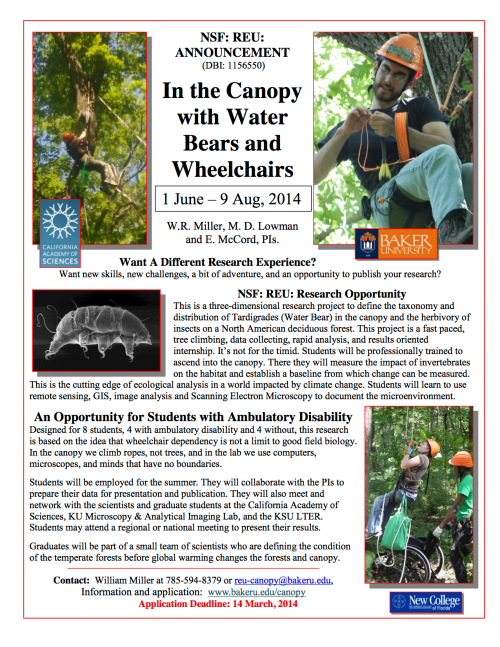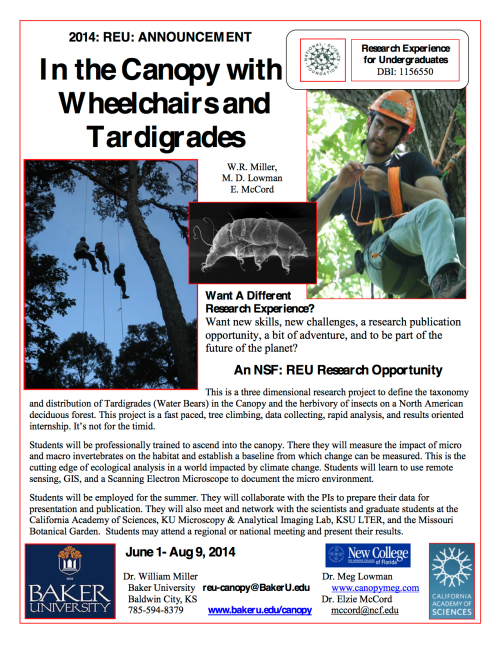By Georgina Peacock
Nickole Cheron was stuck in her home for eight days after a rare winter storm buried Portland, Oregon, under more than a foot of snow in 2008. Fortunately for Nickole, whose muscles are too weak to support her body, she signed up for “Ready Now!,” an emergency preparedness training program developed through the CDC-supported Oregon Office of Disability and Health. Nickole said the training was empowering, and reinforced her ability to live independently with a disability. She learned from the training to develop a back-up plan, stock up on food, water and necessary medications, make a handy list of emergency contact information and to keep a charged car battery at home for her electric wheelchair.
At CDC, we work to make sure people of all abilities – including those with disabilities – are prepared for an emergency. Unlike Nickole, many people with disabilities and their caregivers do not plan for disasters or are not included in disaster planning by government organizations, communities or private sector companies. This week, we are focusing on people with disabilities for National Preparedness Month.
To make sure the needs of people with disabilities are met in disasters, here are a few areas that all of us – caregivers, emergency responders, health professionals and individuals with disabilities – should focus on:
Communication and notification. People with disabilities need to be able to access and understand information in an emergency. For example, provide access to visual notification systems such as fire alarms with flashing lights for those with hearing loss that need to be notified about impending disasters.
Evacuation and emergency transportation. It is important to plan for transportation that people with mobility limitations can use in an emergency or to identify family members, friends or colleagues who can assist people with disabilities who may have difficulty evacuating.
Shelter accessibility. Make sure you or your loved one knows shelter options prior to an emergency. Look for shelters with battery-charging stations for wheelchairs or assistive devices, accessible bathrooms, and personal assistive services (home health nurses and aides). Every shelter is required to accept service animals, but make sure to find out which shelters offer sign language interpreters or the specific assistance that you require.
 Working Together – A Whole Community Approach
Working Together – A Whole Community Approach
Using a whole community approach, individuals, families, caregivers, health professionals and community partners from within governmental agencies and non-governmental organizations need to work together so that that people with disabilities and their family members can protect themselves in the event of disasters. Always first involve the individual with a disability in planning to the maximum extent appropriate. Keep specific needs of people with disabilities in mind, and connect them with the appropriate service and healthcare providers. If successful, communities can improve their ability to respond and recover from all hazards – and strengthen the resiliency of people of all abilities.



